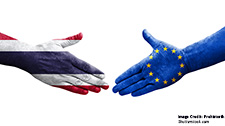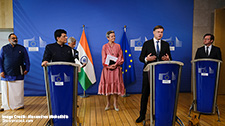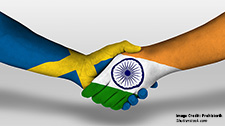Gender Reality in Bangladesh: Issues and Possibilities

Bikram Keshari Mishra
Abstract
Bangladesh has made marked strides in many social development indicators such as: structural, economic, cultural, education, healthcare, and political policies. Experience reveals that the influence of patriarchy has not stood in the way of the country’s progress and has not hindered women’s development or minimization of the gender gap. The country now ranks 50 in the Global Gender Gap Report 2020 released by the World Economic Forum (WEF) covering 153 countries leaving India, China, Sri Lanka, and Pakistan far behind. The present paper is a modest endeavor to make sense of the country’s trajectory of women’s development: its attainments and initiatives, problems, and possibilities.
Related Publications
-
Intersecting Horizons: The Nexus of Maritime Security and Global Health
The maritime industry is often regarded as one of the primary engines of the global economy as it is the backbone of global trade, accounting for around 90 percent of […]
-
EU-Thailand FTA Negotiations: IUU Fishing and Human Rights Remain Obstacles
Thailand’s fishing industry, which at its height saw as many as 200,000 migrant workers from neighboring Laos, Myanmar, and Cambodia caught in a brutal system of abuse, withered global criticism […]
-
Trade, Connectivity and Supply Chains in EU-India Relations
In the decade and a half since 2007 when the EU and India first started their FTA negotiations, the world economic order has undergone a sea change. During that period, […]
-
India-Sweden Strategic Compass, Vol.3, No.1, January-February 2024
How are India and Sweden positioning themselves in the year 2024? The year 2024 is historic in terms of elections being held throughout the world. About half of the world’s […]
-
Can UAE become an Indo-Pacific Sea Power?
Amidst the intensified race over connectivity in the Indo-Pacific in a competitive infrastructure marketplace, the UAE is positioning itself to play an important role through strategic investments in ports abroad […]




